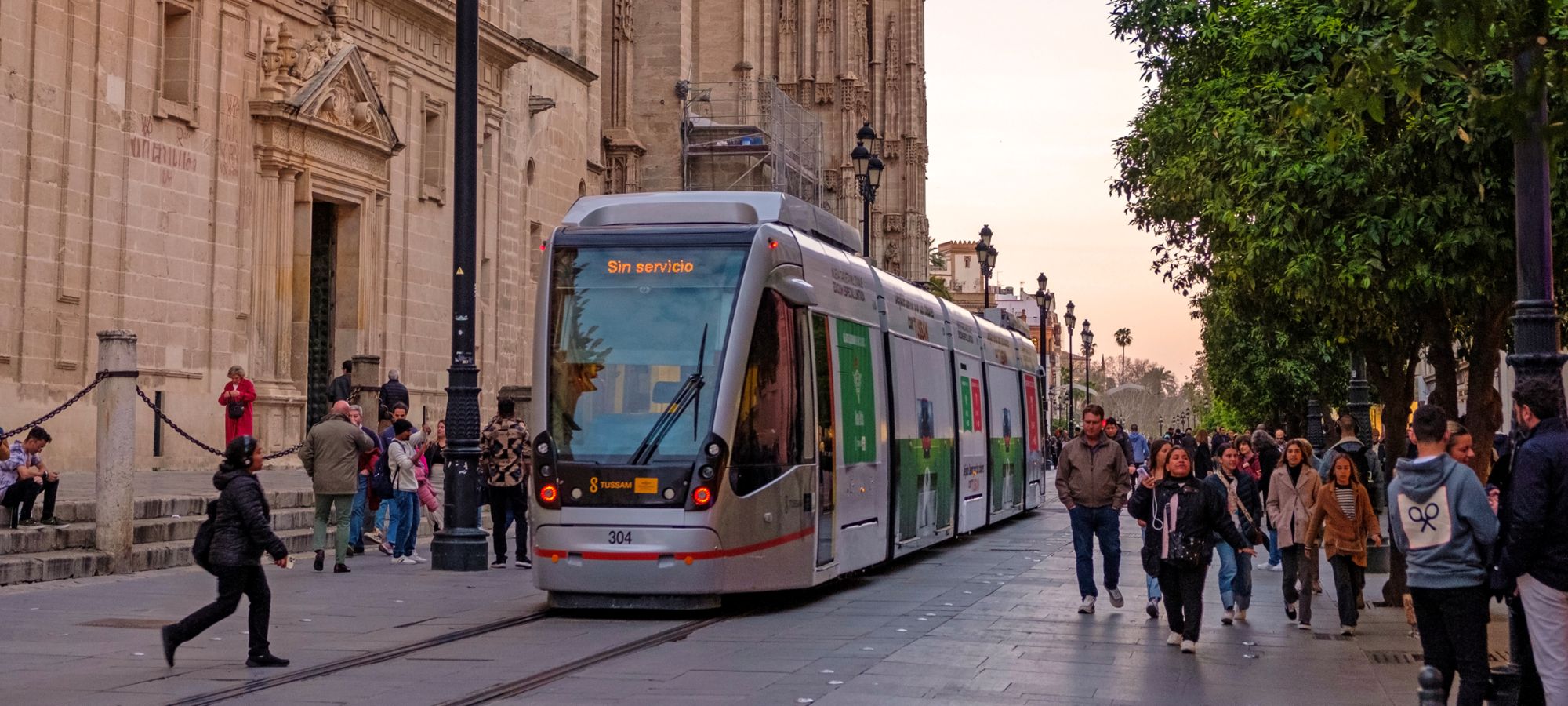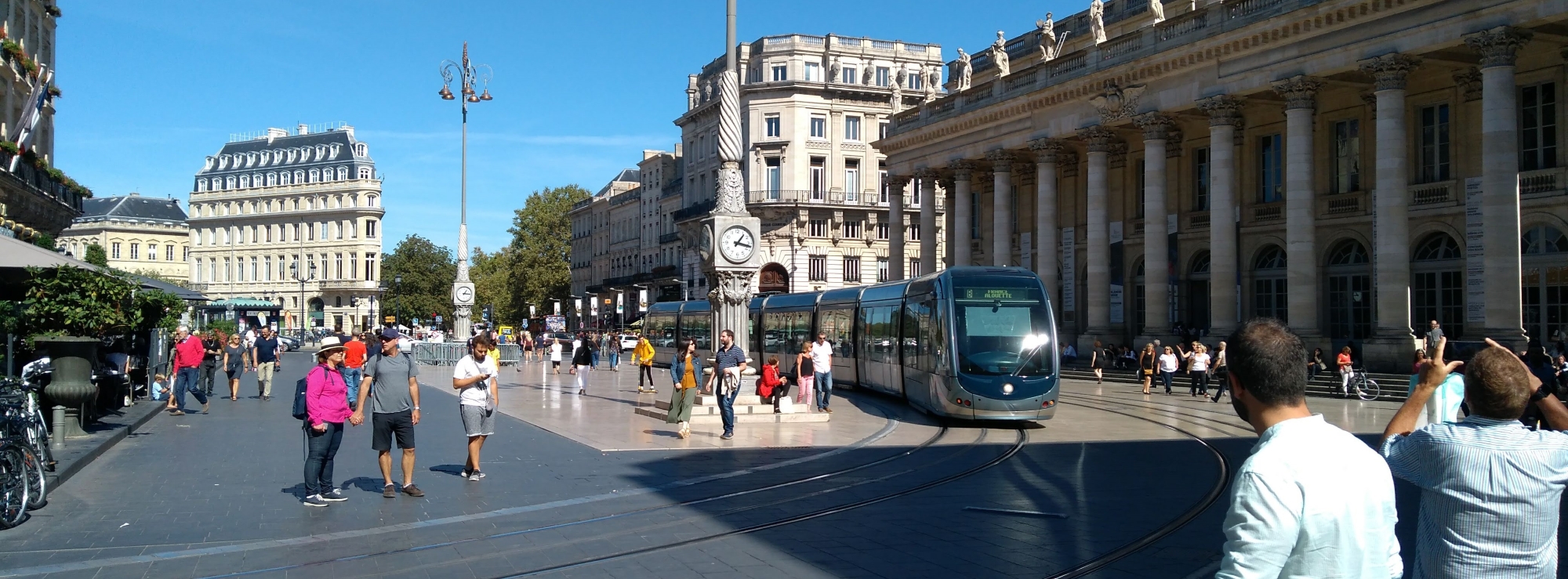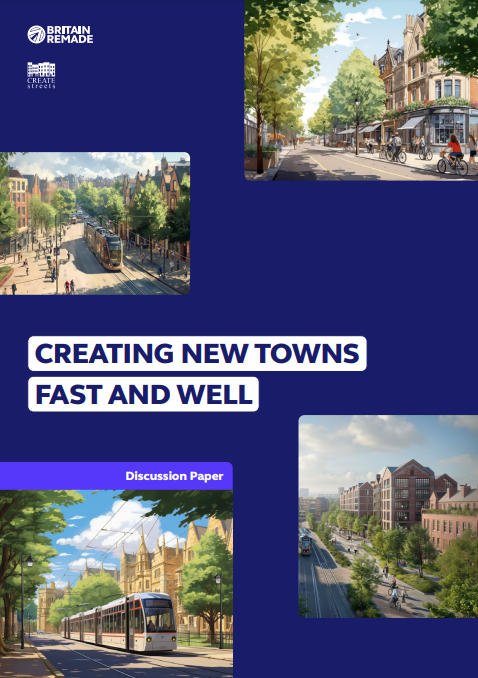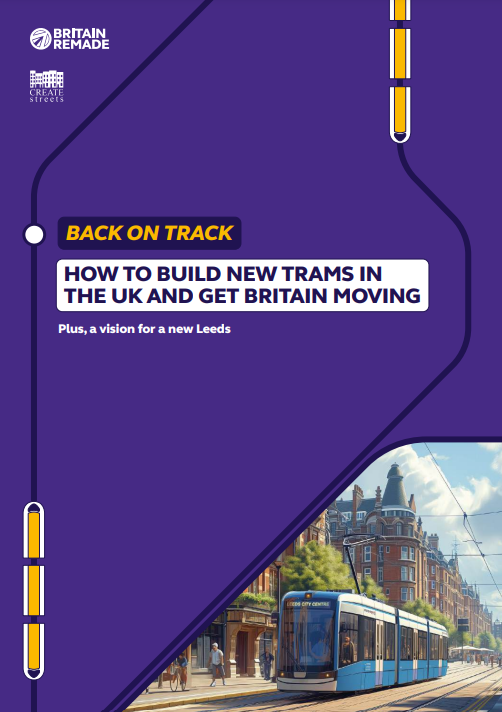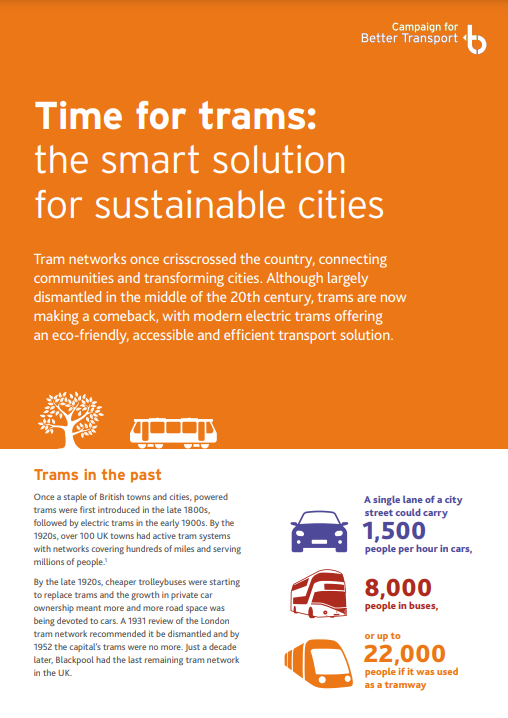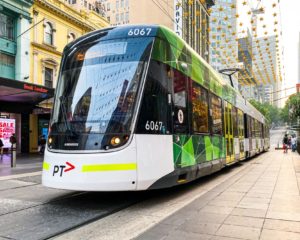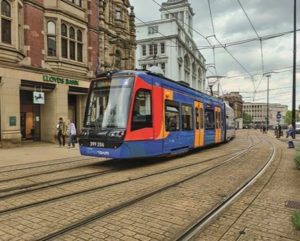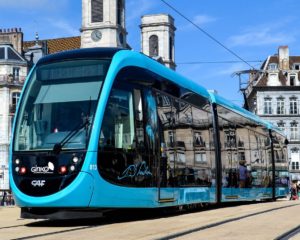"For too long Britain has failed to build the local transport that its towns and cities need to thrive"
Tram Network is a new mission incubated by the Campaign for Better Transport and Create Streets that aims to streamline planning, reduce costs and speed up design and delivery of new tram networks across the UK.
Tram Network has 2 aims. That Britain has 15 tram lines under development in 5 years and that the cost of delivering a line is reduced by half.
Reports

Blogs, Articles & News
Tram Network team

David Milner
Managing Director, Create Streets

Robert Kwolek
Senior Architectural Designer, Create Streets

George Payiatis
Senior Urban Designer, Create Streets

Michael Solomon Williams
Head of Campaigns, Campaign for Better Transport

Brogan McPherson
Head of Partnerships, Campaign for Better Transport
Advisory Board

Stephen Joseph
OBE Transport policy consultant

Jane Cole
Managing Director, Blackpool Transport Services

Elaine Greenwood
UK Representative, Stadler Rail

James Hammett
Managing Director, UKTram

Norman Baker
Head of Partnerships, Campaign for Better Transport
Other Resources
Get on board!
If you are interested in supporting this project then do get in touch
Frequently Asked Questions
Thanks to our internal expertise, industry contacts, and input into National policy, we help you unlock opportunities to bring trams to your area. We also work with engineers and other experts in the field to give you the best advice which isn’t just a pipe dream.
- Far higher capacity – 70-90 passengers on a double decker bus versus 200-300 for a standard tram
- Greater timetable consistency – a dedicated right of way and signal priority means you can rely on them for your commute
- Quicker stops – multiple doors means passengers get off and on much faster
- Smoother ride and accessible – all existing UK trams feature full level-boarding
- Energy efficiency – trams have 10x less rolling resistance than buses (steel on steel vs rubber on tarmac)
- More beautiful streets – the greater infrastructure investment for trams means they offer an opportunity to make more beautiful, greener streets, especially with grass track sections
- Trams are narrower, especially when compared to a guided busway – including the evacuation strip either side, a 2-way guided busway is at least 9.7m wide, while a tram corridor is only 6.2m. This matters especially along existing streets.
- Lower labour costs – greater capacity means fewer vehicles
- Opportunity for value uplift – while bus routes might change frequently, the higher investment and permanent infrastructure for trams gives confidence that they’ll stay, encouraging investment along the route
- People just prefer trams – a 2012 German/Swiss study found a 75% preference for trams over buses. This is important if your goal is to reduce congestion and encourage people out of cars.
Traditional trams were much smaller vehicles, more like buses on rails. Modern trams, however, are more comparable with a metro due to their vehicle size, higher capacity, smoother ride, level boarding and multiple doors for fast off/on-boarding. A modern tram also usually runs on a dedicated right of way separate from cars, leading to faster speeds and safer operation.
- Trams are a more reliable form of transport than buses, which means you can rely on them for your commute. In Birmingham, the same journey is approximately twice as fast by tram as compared to by bus, with far greater consistency day to day. That’s because modern trams run on segregated rights of way, with few conflicts with cars and other modes of transport. Many doors and level boarding also allow for far quicker stops.
- For better or worse, trams don’t carry the same negative social stigma as buses. In fact, a 2012 German/Swiss study showed a 75% preference for trams over buses. People are more willing to switch from cars to trams than they are to switch from cars to buses.
Trams could be one of the biggest levers for housing growth for three main reasons:
- The speed and transport efficiency of trams allow for dense residential buildings along the tram route, especially around tram stops. Proximity to tram stops often increases land and property values, incentivizing developers to invest in building housing in these areas.
- Trams offer the option of reducing parking standards, allowing for less land wasted on car parks.
- Trams can be a catalyst for revitalising city centres, allowing for denser home building in parts of our cities which have been neglected for decades but may already have infrastructure in place.
- The higher cost and permanent nature of tram infrastructure gives investors greater certainty that homes built along the line will be served by the tram for the long-term.
Examples of trams boosting housebuilding include Manchester, Vauban in Freiburg, Germany, the Portland Streetcar in the US, and in Lund, Sweden, where 13,000 new homes are being built alongside a new tram.
Trams are more expensive in the short term but the higher investment can pay off when factored against the boost to housebuilding, retail, city centre regeneration and the local economy overall, the potential placemaking benefits, long term social benefits of improved connectivity and a boost to quality of life.
There are a number of ways to keep costs down, however:
- Use simple, standard designs which have been proven to work elsewhere, rather than opting for tempting yet potentially expensive new technologies
- Standardized station designs
- To avoid costly street redesigns, to maintain reliability and to ensure safety, cars should be restricted on the streets the tram runs along, with strict segregated rights of way elsewhere
- Avoid moving too many utilities
It’s important to note that trams could be much cheaper to build than they currently are if we were able to build them at the same cost as in most European countries, where trams are often 2-3x cheaper per mile than in the UK.
The overhead wires of modern trams are less visually intrusive than they used to be, but a number of new technologies means that trams don’t need to have overhead wires anymore. Common alternatives include:
- Batteries: several tram manufacturers now offer battery-powered trams
- Supercapacitors: though they offer less storage capacity than batteries, supercapacitors can recharge far quicker, in under a minute
- Rail-powered: some trams can be powered by a third-rail
These technologies tend to be more expensive than standard overhead wires, but this is one area seeing a lot of innovation in recent years and so costs are coming down.
In many cities, the existing tram networks were never dismantled in the 1950s and 60s, as they were in the UK. They have remained a cornerstone of their respective transit networks, though updated over the years with modern trams.
New tram lines are also more common in Europe, however, because trams are so much more expensive to build in the UK, often 2-3x more per mile. This is due to a number of factors, but the main reasons are the cost and complexity of obtaining a TRO (Traffic Regulation Order) in the UK, the costs for moving utilities and because the ultimate decision is up to the national government rather than at the local level.
